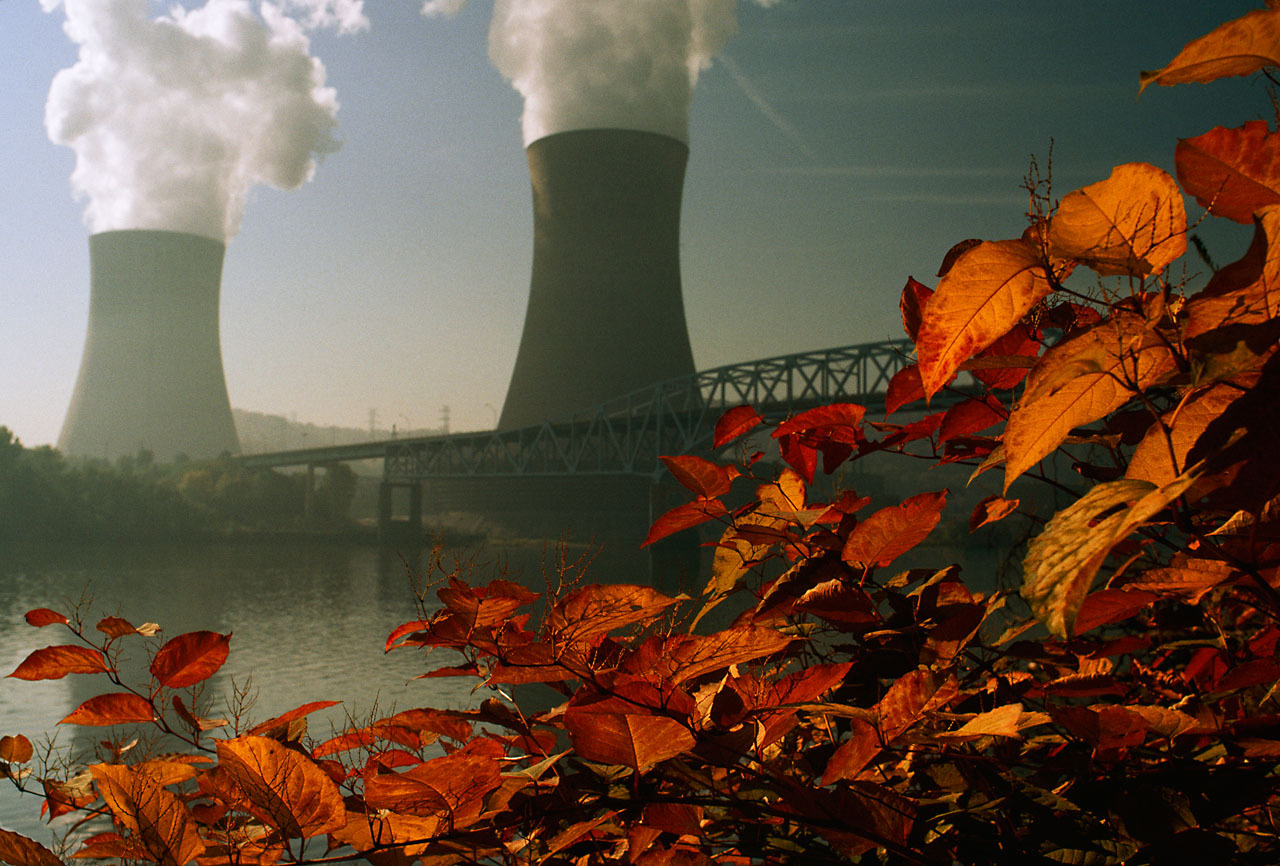Climate Change is here, and we can do something about it
Last week the Divest SLU column covered what divestment is as well as the importance of SLUs divestment from fossil fuels. Divestment would make a strong ethical statement that the St. Lawrence community, including students, faculty, administrators, and alumni, does not support the continued degradation of our environment through the extraction and use of fossil fuels. We view divestment as more than just an ethical or financial issue, rather as a necessary step for the university to uphold its values as a sustainable or “green” institution, both in its daily operation and alumni legacy. Last week, Emily focused on the disparity between the environmental responsibility of which St. Lawrence espouses and the reality that it is financially dependent on the success of fossil fuels. This week, I will focus on the issues the divestment movement is targeting, specifically climate change.
“Climate change” as a general phrase refers to a change over a long period of time in the weather conditions of an area or the whole planet. However, today “climate change” is used by many to refer to a specific current phenomenon, the accelerating overall increase in global surface temperature due to human activity. Some still refer to this as “global warming,” but “climate change” has become a more apt term for the crisis as increasing temperatures not only create warmer weather but also create and worsen events such as droughts, wildfires, and storms.
Current climate data indicates a significant increase in global temperature. The Rolling Stone reported in July 2012 that, “So far, we’ve raised the average temperature of the planet just under 0.8 degrees Celsius, and that has caused far more damage than most scientists expected . . . a third of summer sea ice in the Arctic is gone and the oceans are 30 percent more acidic.” The current controversy, present in political, scientific, and social spheres, revolves around the primary cause for climate change. According to data collected from glacial ice and sediment samples, there may certainly be a natural global temperature increase happening right now, however, the current rate of increase is far beyond what climate models predict based on these samples, which show temperature changes going back thousands to millions of years ago.
A study conducted at Yale University in April 2013 called Americans’ Global Warming Beliefs and Attitudes found that about 2/3 of Americans believed in climate change. This figure has likely grown, while only 16 percent of those interviewed denied its existence. Further, about half of Americans believed climate change is caused primarily by human activities. The “human activities” at play are actions that release “greenhouse gases” into the atmosphere, such as burning fossil fuels and clearing carbon-storing forests. Greenhouse gases earned their name because they naturally trap heat energy from the sun in the lower atmosphere rather than letting it essentially bounce back out into space. Carbon dioxide is the best known of these greenhouse gases, but there are many others, most notably methane. Regardless of the number, 97 percent of climate scientists believe that human activity is causing climate change in some way or another, according to a study by professors from Stanford and University of Toronto.
Despite widespread and growing awareness of climate change and the fact that humans are probably contributing to it, there is a noticeable lack of action. One problem is that climate change happens on a global scale, making it difficult for individuals to link their actions to climactic changes. Environmentalists ask us to make sacrifices like giving up hot showers and not taking road trips, but we can’t really see these actions actually mitigating climate change, or how our choice not to follow these instructions could have global implications. So, we continue to live our lives as we have. On the other hand, we continue to live in a society where fossil fuels are not just a commodity but also an integral part of our daily functions. Unless individuals go out of their way to make such sacrifices as giving up automobile use; large-scale mitigation of climate change cannot be expected to succeed. Yes, if everyone in the U.S. unplugged all his or her appliances and devices when not in use (which makes up 15 percent of their use of electricity), it could potentially prevent lots of carbon dioxide pollution. But there is still the other 85 percent, which likely comes from processes significantly contributing to climate change such as coal-burning electricity. Another issue is that climate change is long-term as well as large-scale. Society will not see the full repercussions of our actions today until sometime far (or maybe not that far) into the future.
What makes divestment appealing is that it deals with very large and significant numbers. For example, in our case, the fossil fuel interests a $280 million endowment. Thus, with one action by the university we can see actual change that we, as a community, have induced. Divestment of the school’s endowment would involve millions of dollars, probably far more money than any of us will ever have in our bank accounts. Through divestment, St. Lawrence can help erode the economic and political credibility of fossil fuel companies by indicating that we, as a well-respected institution, have said “no” to continued fossil fuel extraction. Should this happen, the status quo can begin to shift and we can usher in a new era of environmental awareness that St. Lawrence is educating and pushing us to join.



